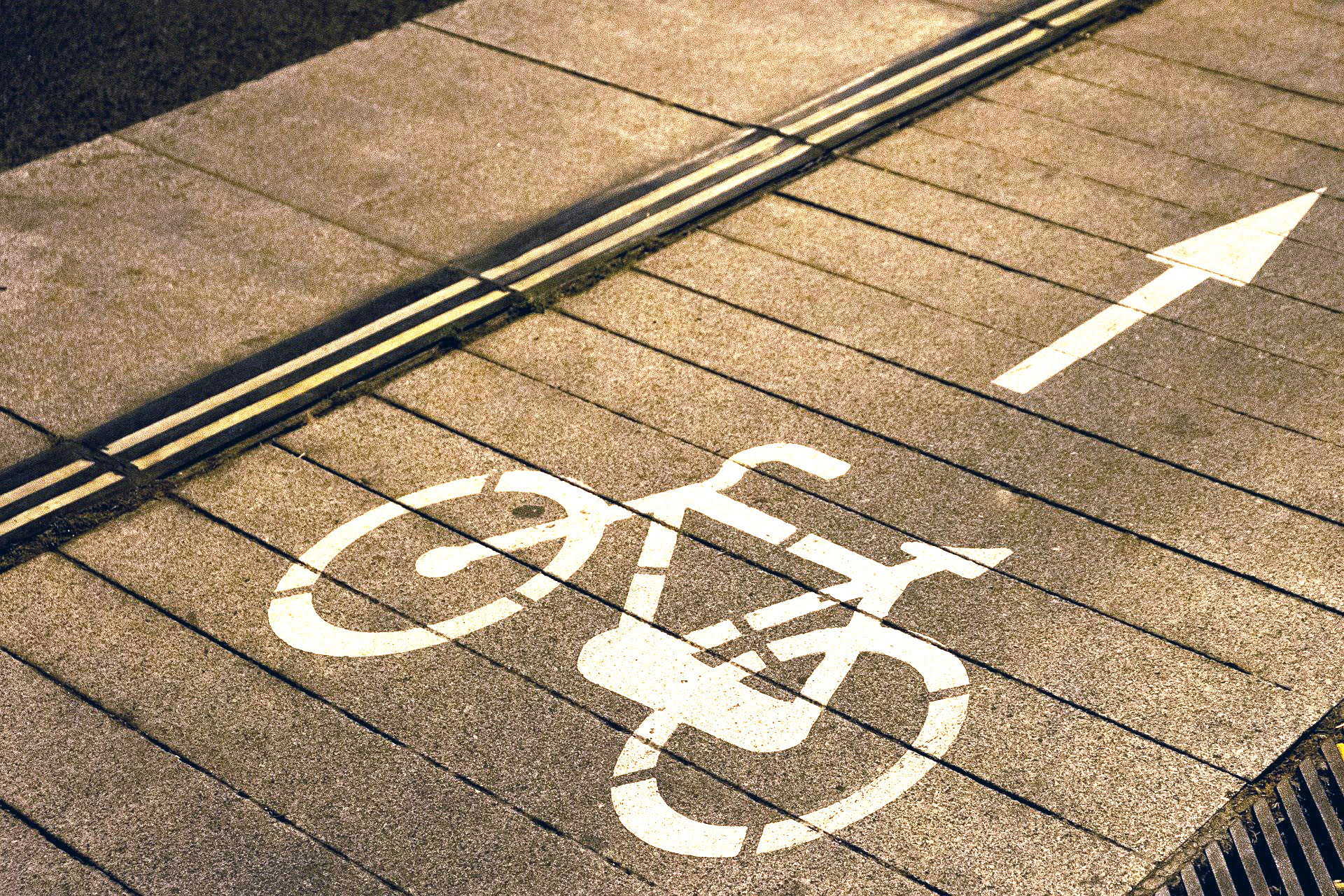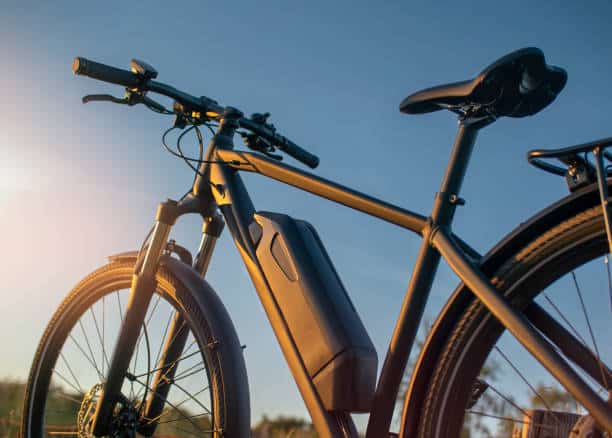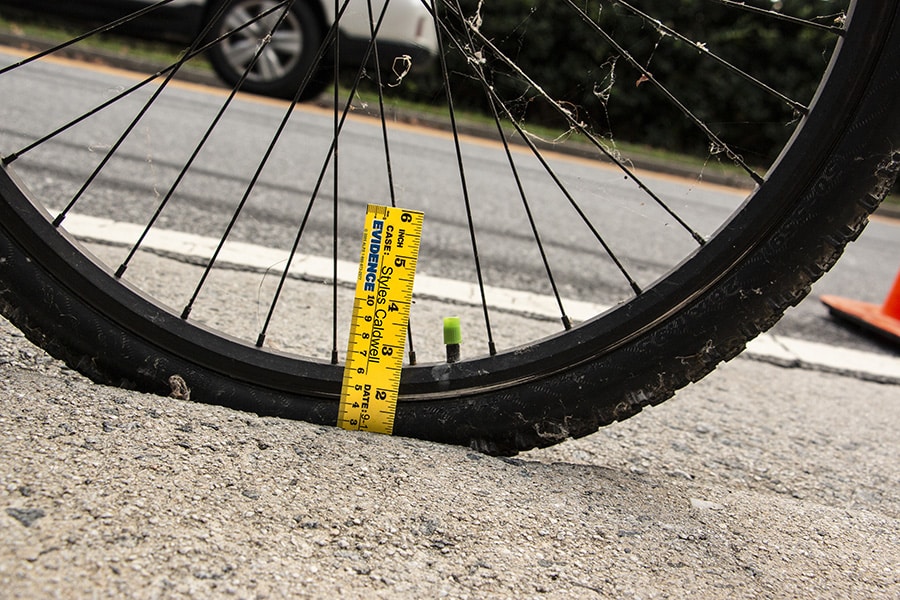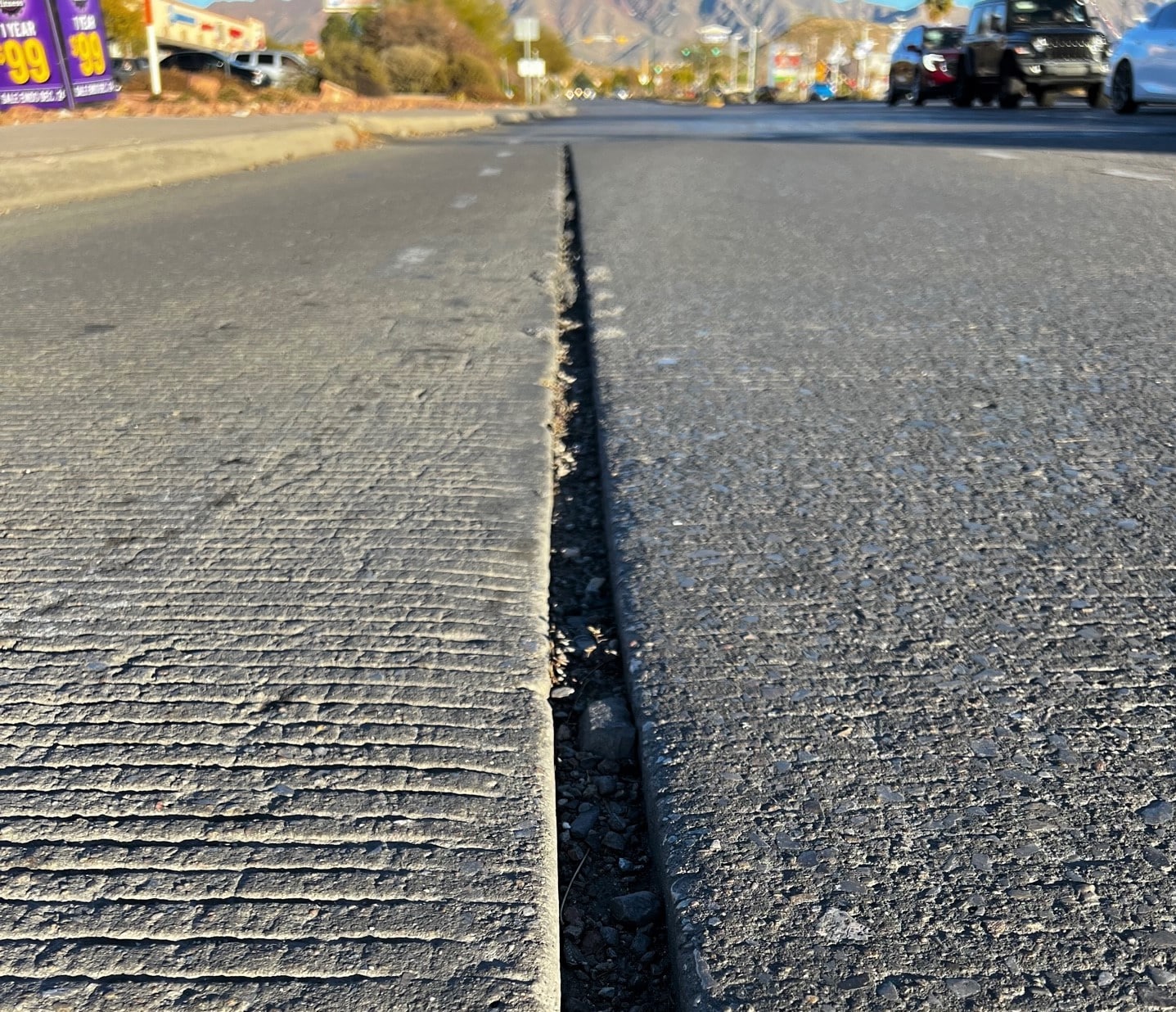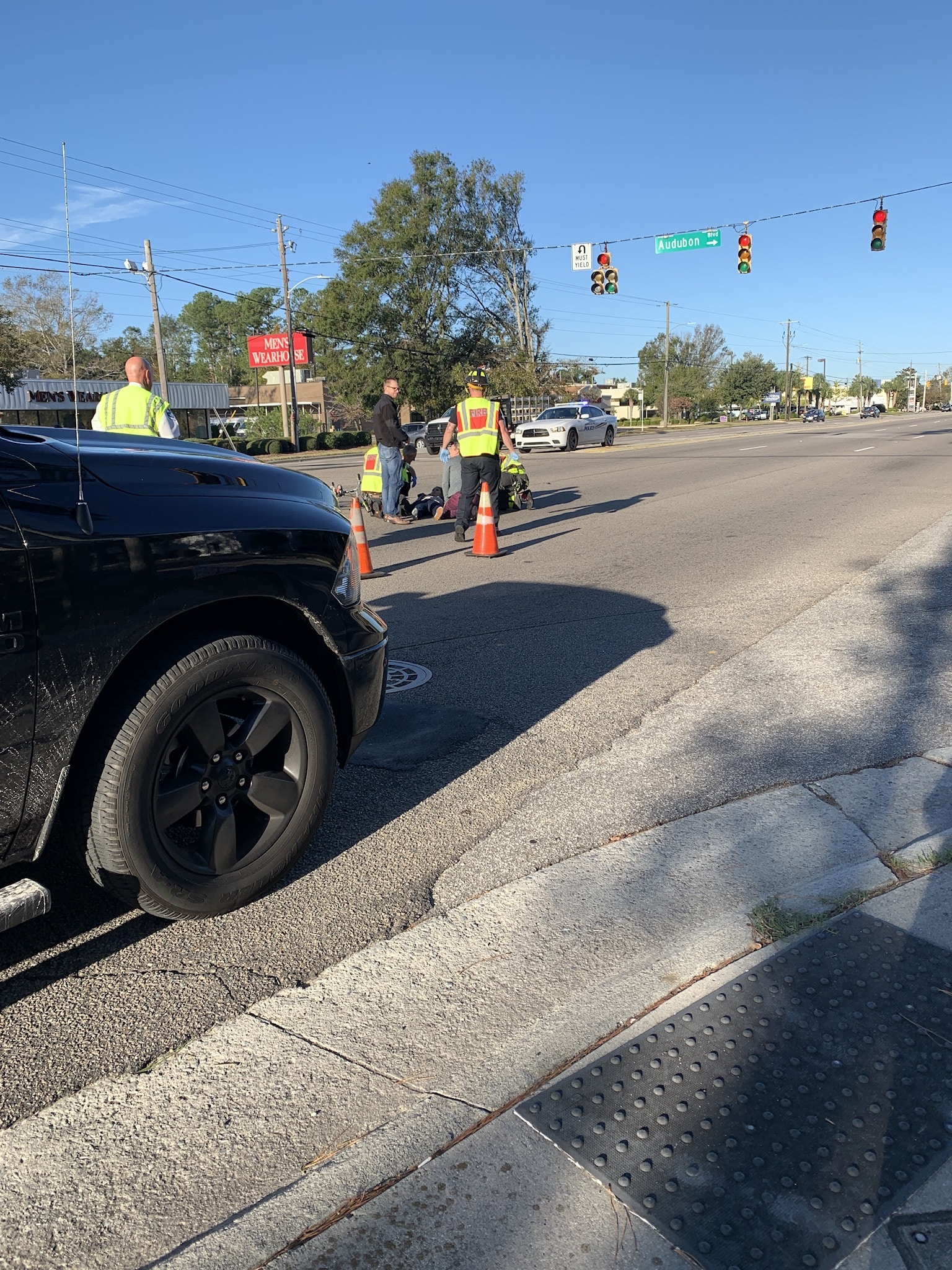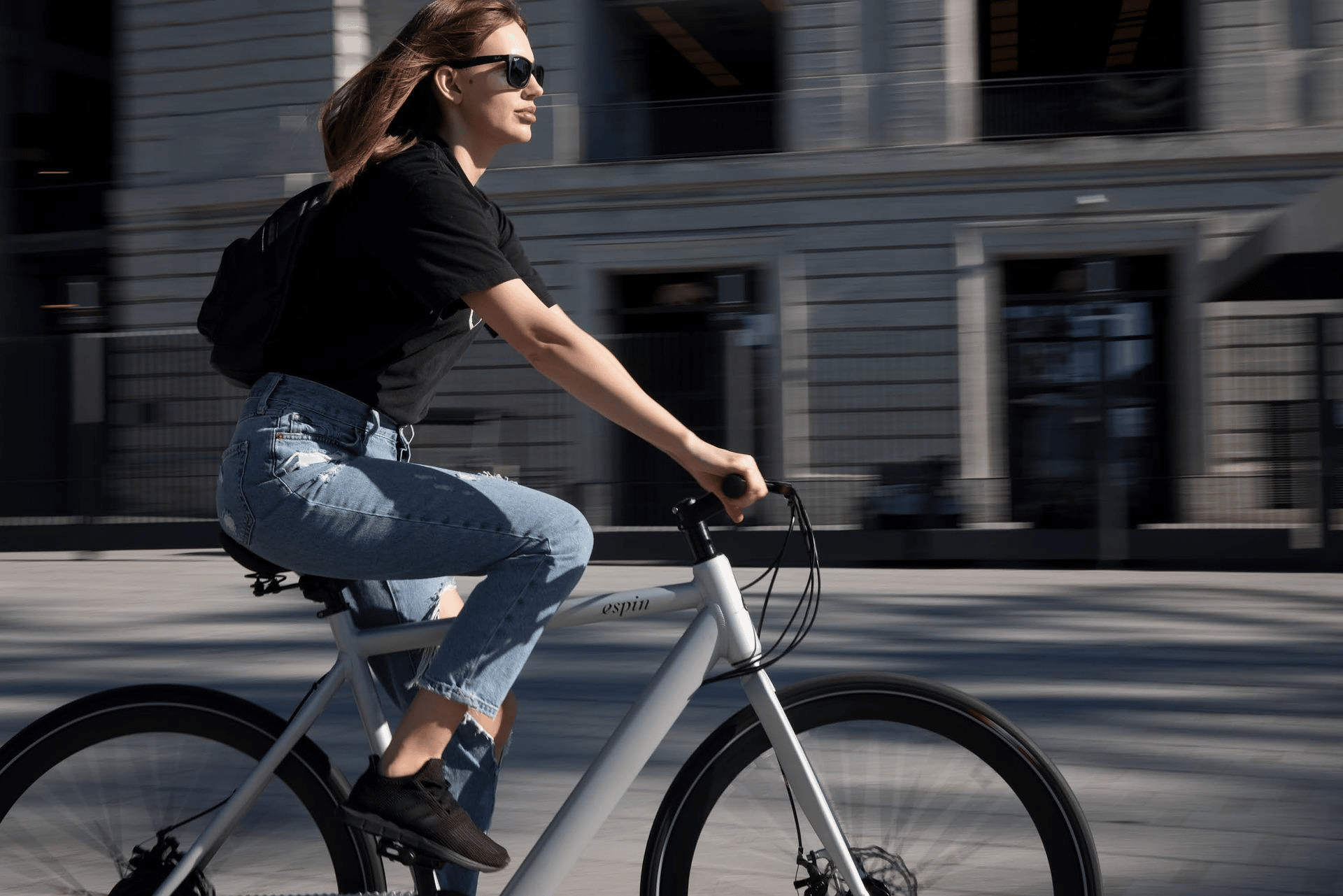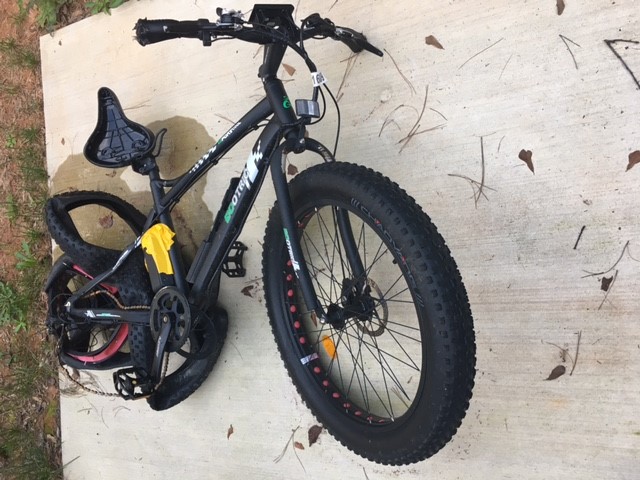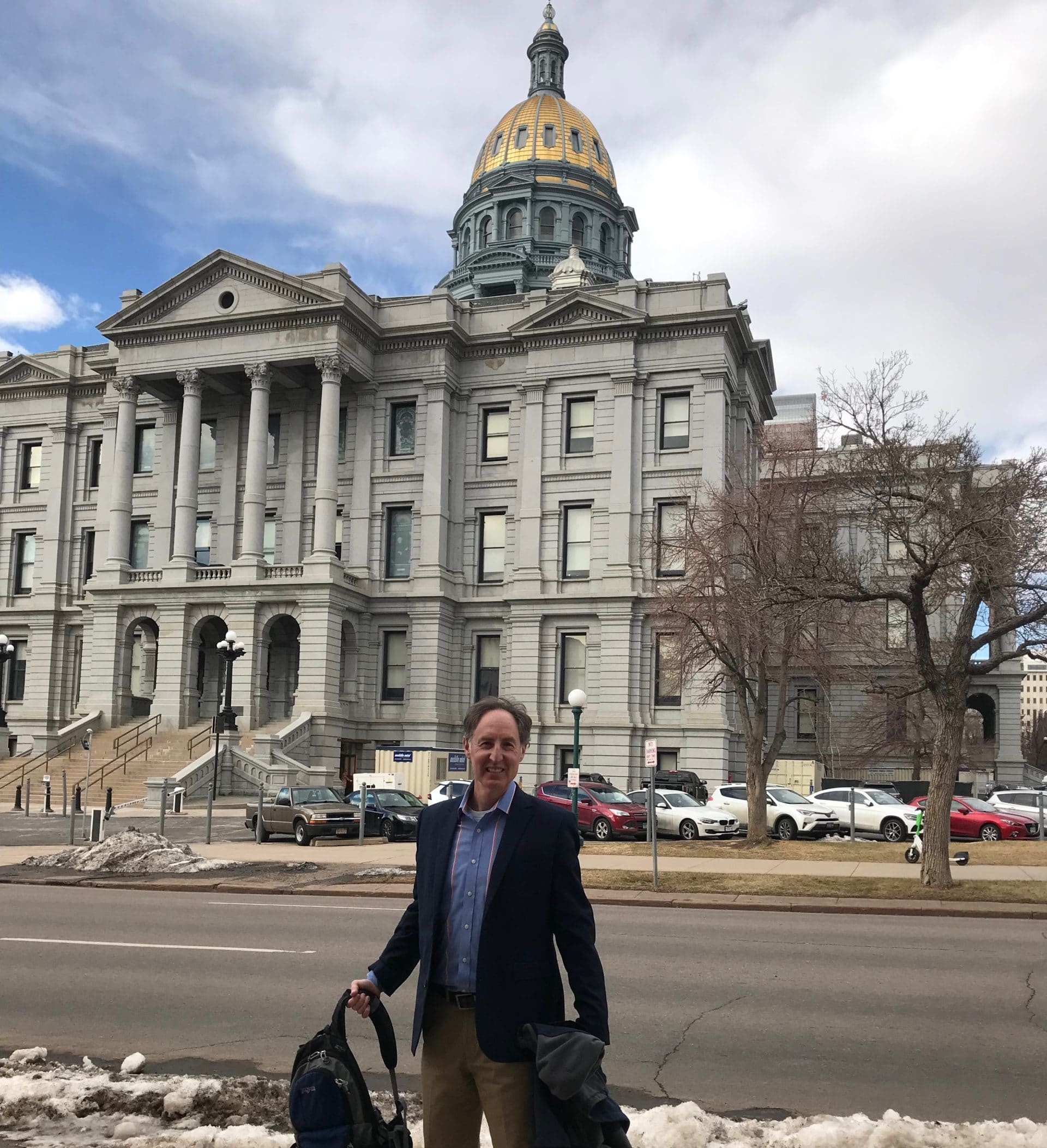As a cyclist (and bike crash attorney), I often worry that I’m placing my life in the hands of motorists each time I hop on my bike. And stories like this one about bike safety recently shared on Outside Online heighten my fears, as cyclist deaths continue to rise across the U.S. even in a time when fewer people are on the roads.
Infrastructure Matters: What My Home State of Minnesota Can Teach Us About Bike Safety
While tips such as “don’t drive distracted” and “wear a helmet” are often thrown around on both sides of the issue, the best way to see a decrease in cycling deaths is through improved infrastructure and greater bike safety. If the Outside article tells us anything, it’s this: It doesn’t matter how many vehicles are on the road if the road itself isn’t safe for cycling.
Minnesota ranks as a top cycling state, and for good reason. According to the League of American Bicyclists, Minnesota meets all five actions required to be a bike-friendly state, including policies, planning and infrastructure.
I’m proud to say that Minneapolis, where I live and work, continues to take additional steps to cut down on some of the major causes of bike crashes and to improve bike safety. Here I cover some of the infrastructures Minneapolis has put in place.
Reduced Speed Limits
According to Outside, 9% of fatal bike crashes involve a speeding driver. And now, Americans are driving faster than ever.
Congress removed the national maximum speed limit of 65 in 1995. Since then, many limits continue to rise along with cycling deaths. For example, speed limits were raised on 196 miles of roads in Los Angeles from 2017 to 2018. Unfortunately, from 2016 to 2018, more cyclists died in traffic accidents across California than during any three-year period in the past 25 years—most in LA county.
According to Outside, when a vehicle is moving at 40 mph, the risk of serious injury or death for a cyclist is a whopping 79%. At 30 mph, that risk is decreased by 32%. In March of 2020, the Twin Cities of Minneapolis and Saint Paul lowered speed limits to support safer streets. New speed limits are 20 mph for local streets, 25 mph for larger, arterial city-owned streets and 30-plus for a few city-owned streets.
Bike Trails & Protected Infrastructure
Minnesota is also home to many protected bike lanes as well as large pieces of protected bikeways. For example, the Midtown Greenway is a 5.5-mile-long trail that sees thousands of cyclists a day. There’s also the Luce Line, which stretches from Plymouth west to Winstead. These dedicated bikeways provide greater safety for cyclists.
Minnesota has plans to add even more protected bikeway miles in the coming years.
Minnesota’s Approach Works—Now, Other States Must Follow Suit
Unfortunately, less than half of the 50 U.S. states report having a protected or separated bike lane, or buffered bike lane, installed on any state-controlled highway. Minnesota, on the other hand, has taken critical steps in improving infrastructure across the state. And, according to the Minnesota Department of Public Safety, it’s paying off:
- In 2017, 801 reported cycling crashes occurred throughout the state.
- In 2018, that number fell to 609 accidents.
I look forward to the day where I’m able to hop on my bike and commute to the office without wondering if I’ll make it there safely. The good news is Minnesota is taking action. I sincerely hope other states across the country will follow suit. Until then, I remain an advocate, fighting for the rights of those who didn’t make it to work, to dinner or back home. It’s for them I continue to share in this conversation.
The Lesson: More Infrastructure Is Required to Keep Cyclists Safe
Want to learn more about bike crashes and what to do after a bike accident if you become a victim? Send me a message or give my law firm, Brazil Law Group, a call.
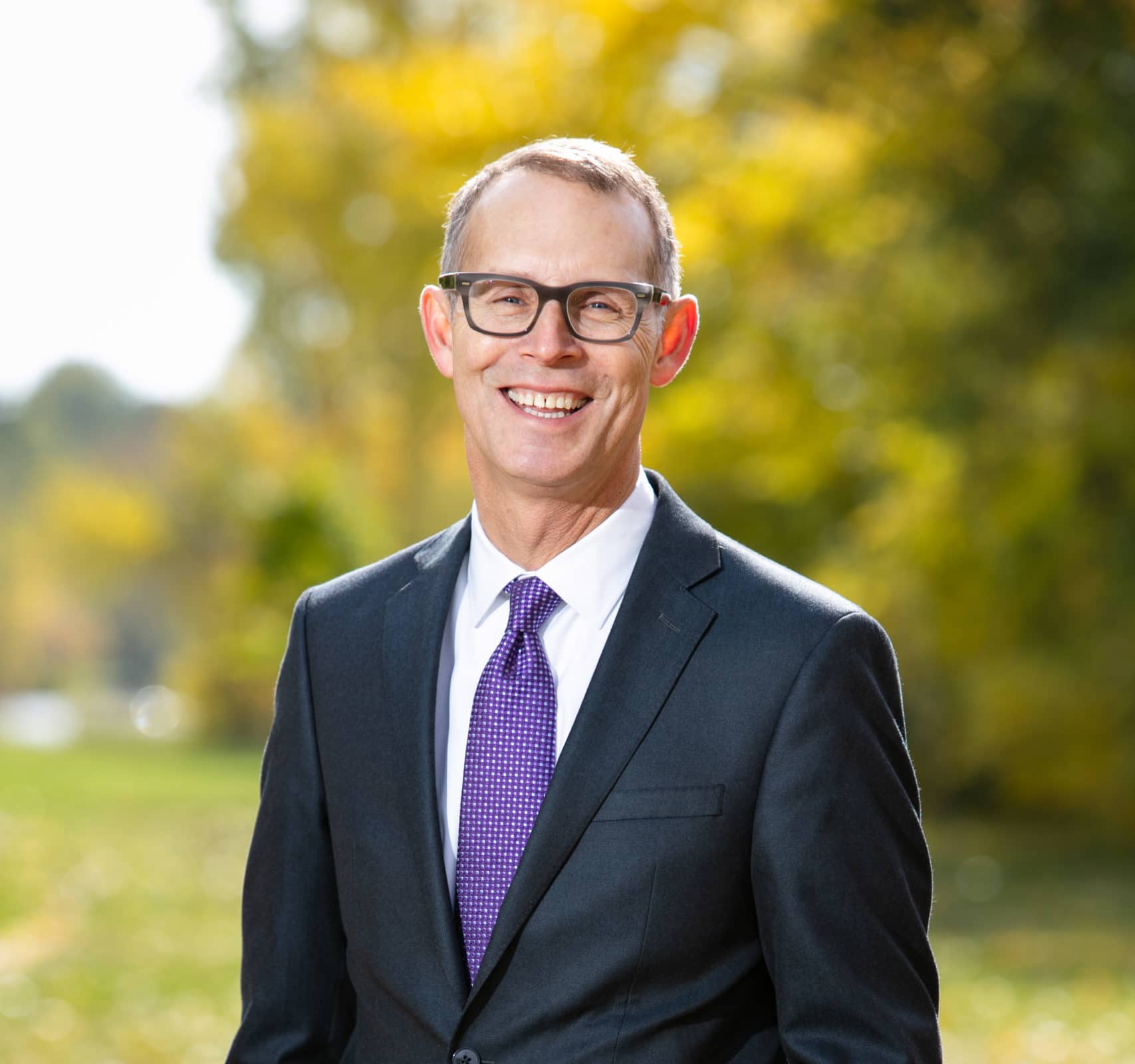
Dan Brazil is a seasoned personal injury and Minneapolis bicycle crash attorney. Located in Uptown, Minneapolis, he serves bicyclists throughout Minnesota who has suffered injuries in bike crashes.
Dan is not only the founder and principal attorney of Brazil Law Group; he is also an avid biker. A self-proclaimed “all-arounder,” Dan commutes via bike (in nicer weather!), mountain bikes, runs trails, rock climbs, practices yoga, and even surfs.



